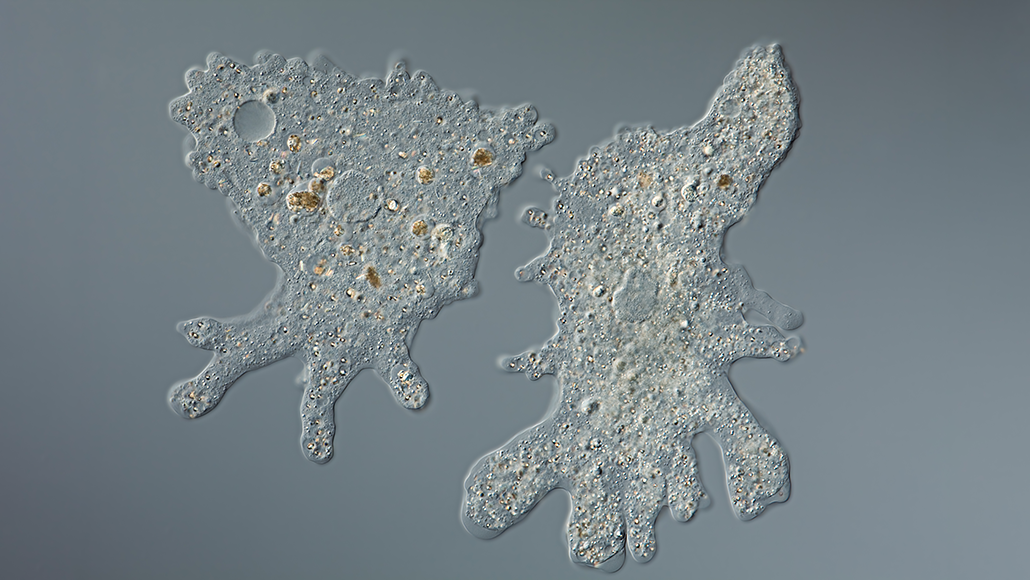HOME
Explainer: Cells and their parts

Take a look at your best friend, your dog — or even a snail using its muscular foot to move up the stalk of a flower. All of them look quite different. And that’s due to the highly organized cells from which they’re made. The human body has roughly 37 trillion cells.
a photo of hundreds of bacteria, pink cylinders with rounded ends, as seen through a scanning electron microscope
This false-color photo was taken through a microscope. It shows bacteria, an abundant type of single-celled organism on Earth.
STEVE GSCHMEISSNER/SCIENCE PHOTO LIBRARYGETTY IMAGES PLUS
Most living things, however, are not multicellular. They consist of a single cell. Such unicellular organisms generally are so small that we’d need a microscope to see them. Bacteria are among the simplest single-celled organisms. Protozoa, such as amoebas, are more complex types of one-celled life.
A cell is the smallest living unit. Inside every cell is a host of structures known as organelles. “Every cell has essential structures that are the same, like every house has a kitchen sink and a bed. But how big and complex they are, and how many of them there are, is going to vary from cell type to cell type,” says Katherine Thompson-Peer. She’s a cell biologist at the University of California, Irvine.
News Source